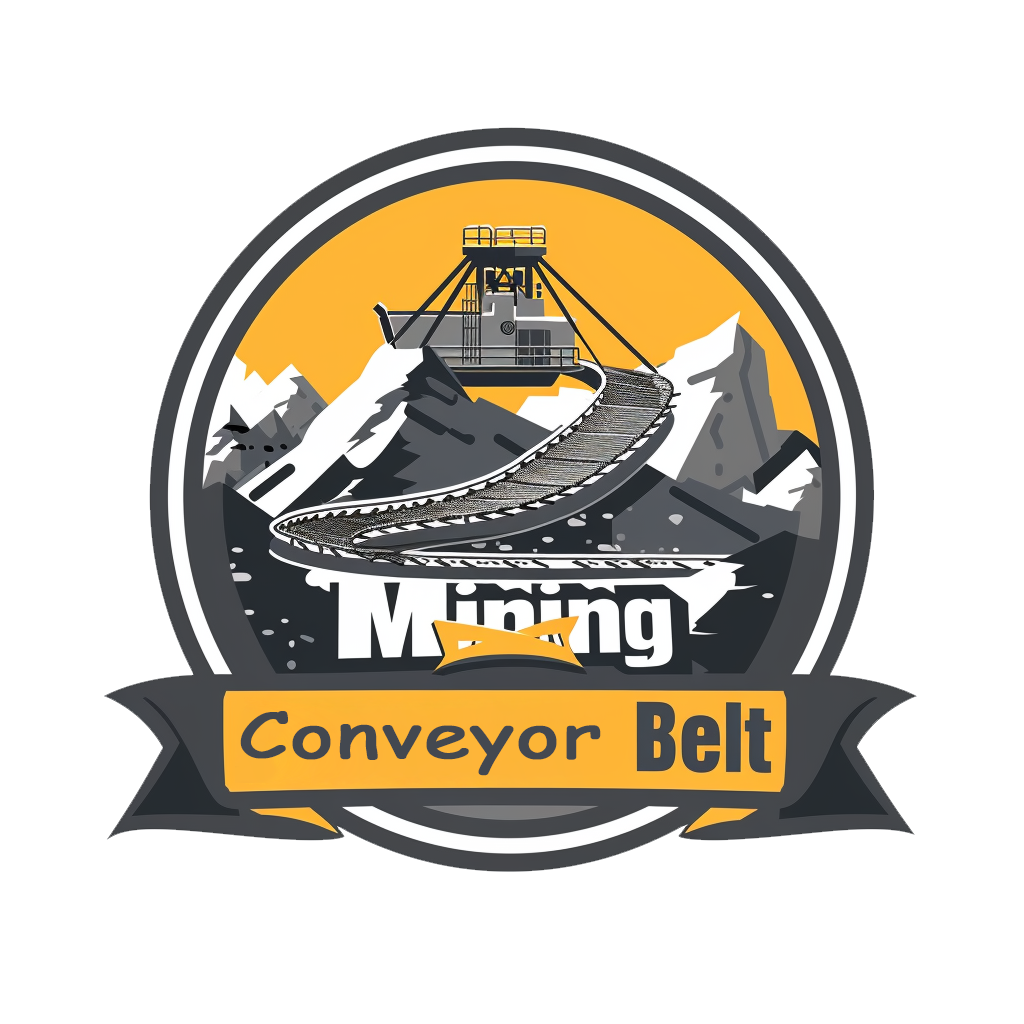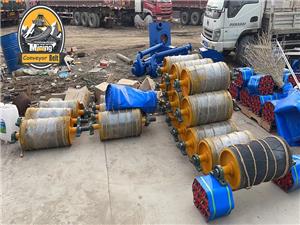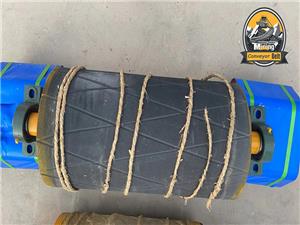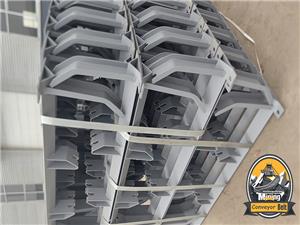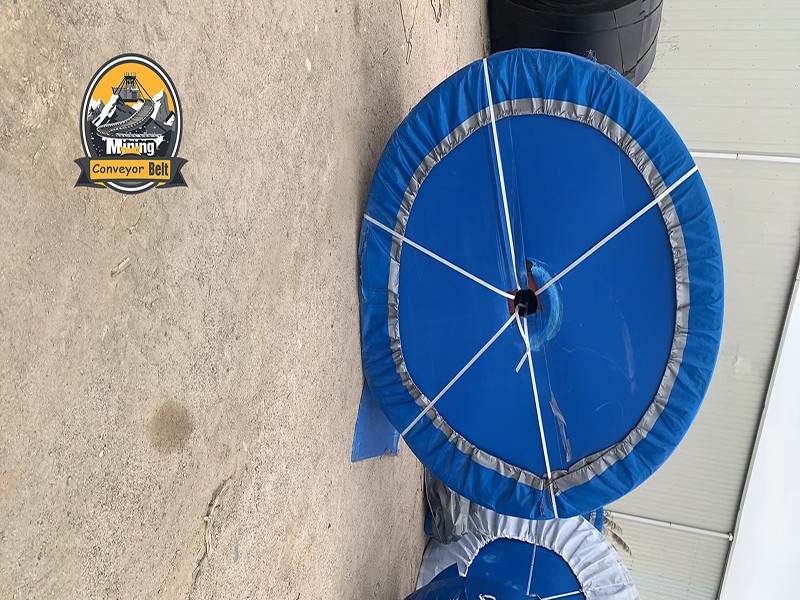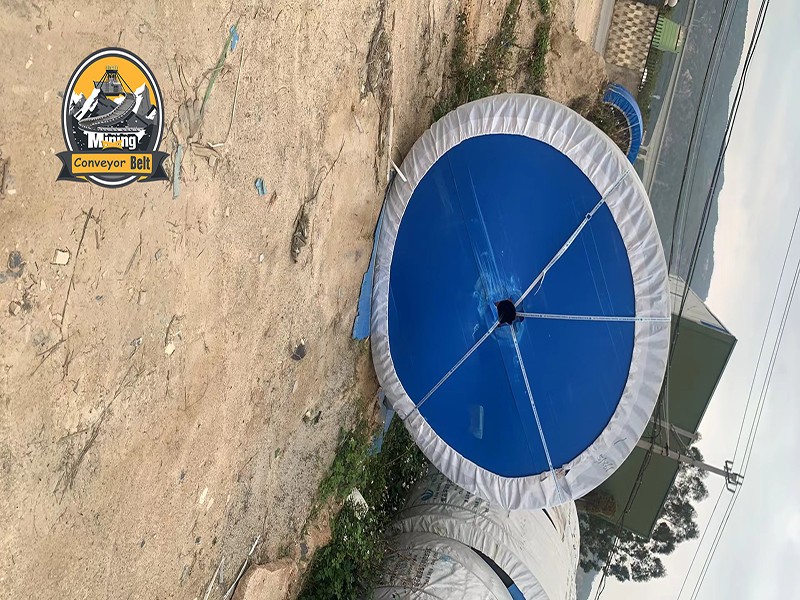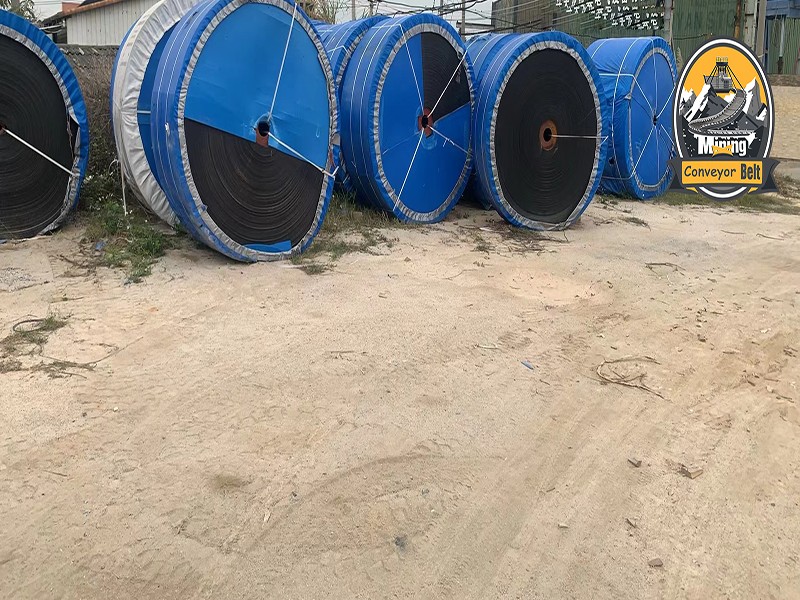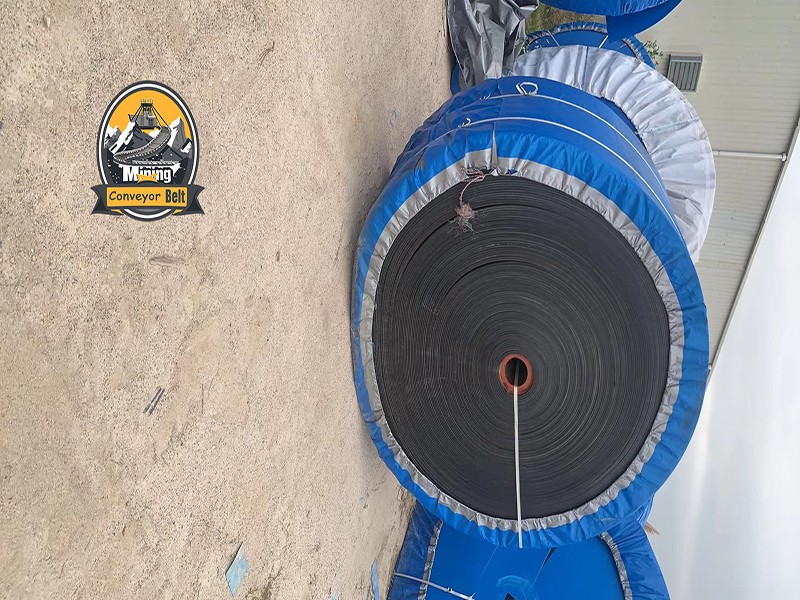
T2 Heat-Resistant Conveyor Belt manufacturer of rubber conveyor belt
Xiamen Mining's T2 Heat-Resistant Conveyor Belt excels in transporting high-temp materials in metallurgy and other industries, ensuring efficiency and safety up to 125°C, with guidelines for maintenance and use.
Xiamen Mining Conveyor Belt is proud to introduce the T2 Heat-resistant Conveyor Belt, a state-of-the-art solution designed to transport high-temperature materials in industries like metallurgy, building materials, casting, coking, and chemicals. This belt is tailored for the efficient and safe conveyance of sintered ores, coke, cement, and chemical fertilizers, ensuring operational efficiency even under extreme conditions.
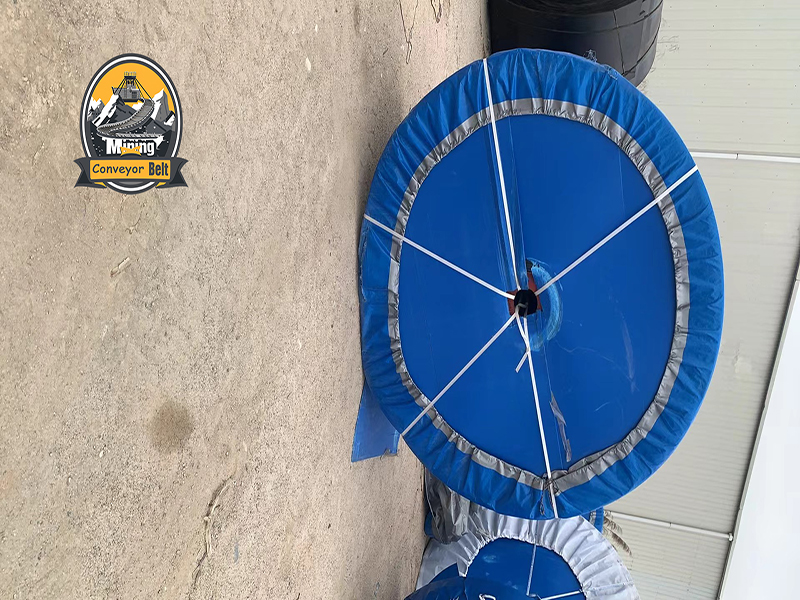
Highlighted Features and Maintenance Guidelines:
Maintenance and Storage: The T2 Heat-resistant Conveyor Belt requires careful handling to maintain its integrity and performance. It should be kept clean and protected from direct sunlight or rain and snow. Avoid contact with harmful substances such as acids, bases, oils, and organic solvents, and store the belt at least one meter away from heat sources. The ideal storage conditions include a temperature range of 18-40°C and a relative humidity of 50-80%. During storage, the belt should be rolled, not folded, and turned every quarter to prevent damage.
Use and Selection: The selection of the conveyor belt type, structure, specification, and layer count should be based on the specific conditions of use. The operating speed of the T2 belt is generally recommended to not exceed 2.5 meters/second, particularly when handling materials with large lump sizes or high abrasiveness. Lower speeds are advisable for fixed discharge devices to minimize material impact and wear.
Design and Installation: The diameter of the conveyor's drive drum should correlate with the belt's fabric layer. Careful selection of drive drums, redirecting drums, and troughing idler angles is essential, following the conveyor's design specifications. The feeding direction should be in line with the belt's running direction, utilizing chutes to lessen the impact of falling materials. The spacing of the idlers in the receiving section should be reduced, and cushioning idlers are recommended to prevent spillage. Soft and moderate baffles are advised to protect the belt surface from damage.
Durability and Heat Resistance: The T2 Heat-resistant Conveyor Belt's durability and resistance to high temperatures depend on the quality of the cover layer and the belt core. High-grade rubber materials like styrene-butadiene rubber, butyl rubber, and ethylene-propylene rubber are used, combined with heat-resistant and low-shrink polyester or polyamide canvas as the belt core. The belt is available in four grades based on test temperatures, with the T2 grade resistant up to 125°C. This product adheres to the GB/T 20021—2005 national standard for canvas heat-resistant conveyor belts. To cater to higher temperature requirements, some manufacturers have developed belts capable of enduring higher temperatures, incorporating flame retardants, anti-abrasion agents, and thermal conductors into the cover layer to enhance its high-temperature resistance and anti-abrasion properties.
Xiamen Mining Conveyor Belt remains committed to delivering top-tier conveyor solutions, ensuring efficiency, safety, and longevity in high-temperature industrial applications. The T2 Heat-resistant Conveyor Belt represents our commitment to innovation and excellence, catering to the demanding needs of various industries.
Heat-resistant conveyor belts can be divided into four models:
Type I: can withstand test temperatures of no more than 100°C, with a maximum short-term operating temperature of 150°C, code T1.
Type Ⅱ: can withstand a test temperature of no more than 125°C, with a maximum short-term operating temperature of 170°C, code T2.
Type III: can withstand a test temperature of no more than 150°C, with a maximum short-term operating temperature of 200°C, code T3.
Type IV: can withstand a test temperature of no more than 175°C, with a maximum short-term operating temperature of 250°C, code T4.
